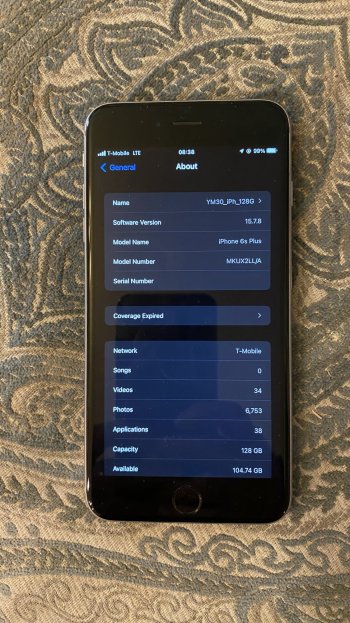I just don’t think battery health matters at all. If you keep the original iOS version battery life will never drop regardless of battery health.
A lot of examples. I have an iPhone 6s on iOS 10 which is 7 years old, 63% health, battery life is like-new. 32-bit devices have amazing battery life even something like a decade later. iPads being the perfect example: you have people saying their 11-year-old iPad 2 still has great battery life.
My 10-year-old iPhone 5c still has great battery life after something like 1100 cycles and no battery care. Original battery, of course.
My view? 32-bit devices won’t struggle with battery life even if fully updated because those iOS versions for those devices were infinitely more efficient. Performance is a different thing, they’re slow, but as far as battery life goes, it’s fine.
64-bit devices struggle a lot because newer iOS updates just obliterate everything. Too many features, too intensive, and devices can’t cope. That’s why you see an iPhone 6s on iOS 15 with utterly appalling battery life even after replacing the battery: iOS 15 is too much. 1st-gen iPad Pros? Obliterated by iPadOS 16. Too demanding.
If the iOS version is efficient, battery health doesn’t matter because it will work well regardless, and if the iOS version is too much, battery health doesn’t matter because battery life will be obliterated anyway. People replace the battery on the iPhone 6s and battery life is pathetic anyway. My 6s with its 7-year-old battery runs circles around a new battery on an updated 6s.
Yeah. But the point is I want the latest updates - not because of the features (or rather 99% not) but because of the security updates.
That's why I pay insane amounts of money.
Well, that and the (mostly) frictionless user-experience.



